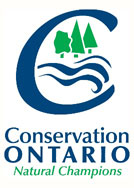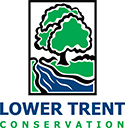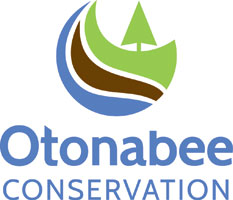Drinking Water Facts & Fiction
Myth: We have lots of water in Ontario, so there’s nothing to worry about.
FACT: Because we are surrounded by water we tend to think there is an unlimited supply. In reality, there isn’t. All of the water we have, and will ever have, is in constant motion, moving around the planet as it changes from solid to liquid to vapour. When we take water faster than it can be replenished, we face shortages and sometimes even water-use bans. Pressures on our water supplies include drought, contamination, and the demands of a growing population.
Myth: Water is a natural resource so it should be free.
FACT: Water is free. But it costs a lot to pump, deliver, store, treat, and remove drinking and wastewater for more than 80-percent of Ontario’s residents, whom rely on municipal water systems. Ontarians who use municipal water pay monthly fees for this service, but studies have shown that this is not enough to cover the cost of operating, repairing, and upgrading/ expanding drinking or wastewater treatment systems for growing populations.
Myth: Ontarians are already careful about conserving water.
FACT: Most of us aren’t fully aware of how much water we actually use or how we can make better use of it. We can easily cut our water use in half by making simple changes such as repairing leaky faucets, retrofitting toilets and showerheads, using efficient appliances, washing our cars and watering our lawns less often, and washing only full loads of laundry and dishes. Most of us won’t even notice the difference, but our water systems will.
Myth: Our water is treated, so we don’t need to worry about the health of drinking water sources.
FACT: It is very important to protect our drinking water at the source. Water treatment systems do not remove all contaminants from water, especially chemicals. Also, more than two million Ontarians do not have access to municipal water and draw their drinking water directly from untreated groundwater sources. Sometimes contamination problems develop that are impossible to correct, causing water supply sources to be shut down. Water treatment is only one method of protecting drinking water- other methods include preventing contamination of source water, using adequate distribution systems, testing water, and properly training water managers.
This information made possible with thanks to Conservation Ontario. To visit them click on their logo.






